I was once deep in the Libyan desert visiting a government farm when four common crane flew up out of a field. Not again.
It was just like the Dartford warblers I saw at Yefren reservoir, north-west Libya, weeks before. The trusted book which everyone uses for guidance doesn’t have crane wintering within 800 kilometres of the desert site. The news on the Dartford warbler is better. It’s only supposed to be 200 kilometres away in Tunisia.
These two incidents are part of the beauty of working and birding in places very few birders reach. There are simply many more and varied birds than the books present.
I could catalogue many more examples of my Libyan experience but I won’t. Instead, I’ll share with you how it’s happening again in Saudi Arabia where I now bird watch. But first a little context is called for.
I am now working in Riyadh. The birding locally is surprisingly good. The residential compounds in the city and the farming districts of Kharj and Dirab are within easy driving distance. However, the jewel in the crown is the Wadi Hanifah valley with its lush green vegetation and lagoons courtesy of the treated-water “river” from a city of nearly 6 million people. Go to Wadi Hanifah for breeding white-throated kingfisher and four types of breeding heron and bittern, and wintering birds by the bucket load including even a few black stork.
However, it is Riyadh’s central position in the country along with the excellent and cheap domestic flight network that is transforming my birding. You can leave Riyadh on Wednesday evening, which is the start of the weekend, and return on Friday evening with change from 100 quid.
Take last weekend when I visited Najran. It’s a city on the eastern and dry slopes of the Asir mountain range and right on the border with Yemen. One mystery bird of prey in the local park turned out to be a honey buzzard. But they winter in Ethiopia and farther south and west of there, don’t they? This is at least 350 kilometres way. Hmm… let’s look at it from the bird’s point of view. He is flying towards Africa on his normal route and he finds a forest, albeit man-made and unnaturally there. However it’s just like the ones he sees in Africa and just as warm. After all, he doesn’t need a Saudi visa or landing permission so he stops there. Why bother to go on. He doesn’t.
And then there was an Arabian serin in the same park. Hasn’t he read the book (this time the best seller for the Middle East) that says he doesn’t belong below 1500 metres? So what’s happening and what can we and especially I do about it?
First, as Jem Babbington pointed out in an earlier article on this website, Saudi Arabia is very under-reported. It’s our duty as local birders to report what we see. But will anyone listen? I blog to a small but loyal audience but that’s not enough.
I have been introduced to e-bird as an electronic database of findings. I use it now. Will anyone who writes guides notice the data?
Second, the few tours and scientists who visit Saudi seem to go to the same places each time and I understand their reasons. They are few in number and concentrate on the main chance: the mountainous Abha and the sub-tropical coastal Jizan in the south-west. However, the devil’s advocate in me says it’s like returning to a 1000 piece jigsaw every two years or so and always placing down the same first two pieces.
My next trip will be to Baha, next door to Abha and ironically an anagram of it. It’s nearly as high as Abha too, yet it’s closer to the coast. I predict it will surprise.
Rob Tovey. Follow my exploits on
www.birdingforalark.blogspot.com
Robert Tovey
Dr Rob Tovey is a scientist by training and more recently an English teacher. His profession allows him to travel to some of the more difficult-to-get-to places and stay there for years if his inclination takes him. He is a keen bird watcher, blogger and amateur photographer. He has worked in Azerbaijan and Libya and is currently in Saudi Arabia. Rob also has a base in Bulgaria so overall is becoming a bit of birding specialist in very general terms where East meets West.
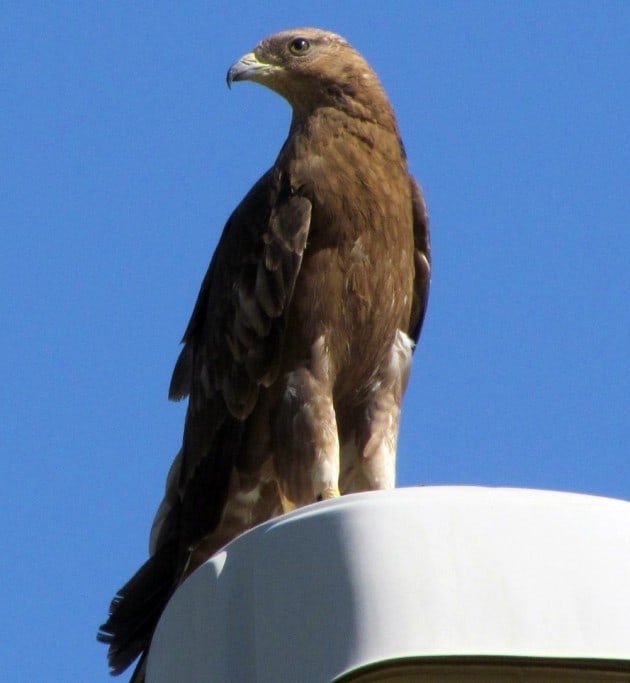
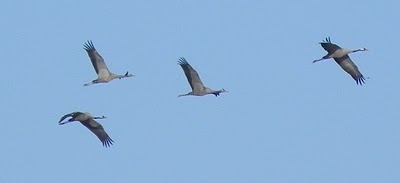

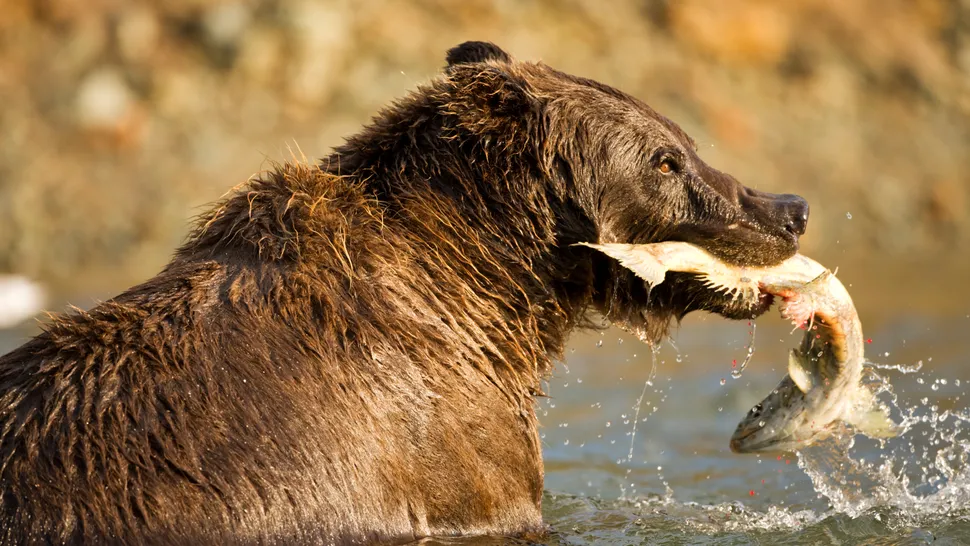
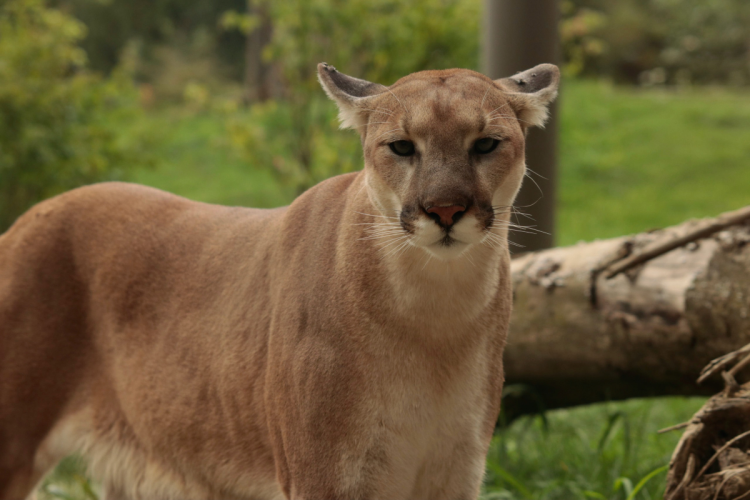

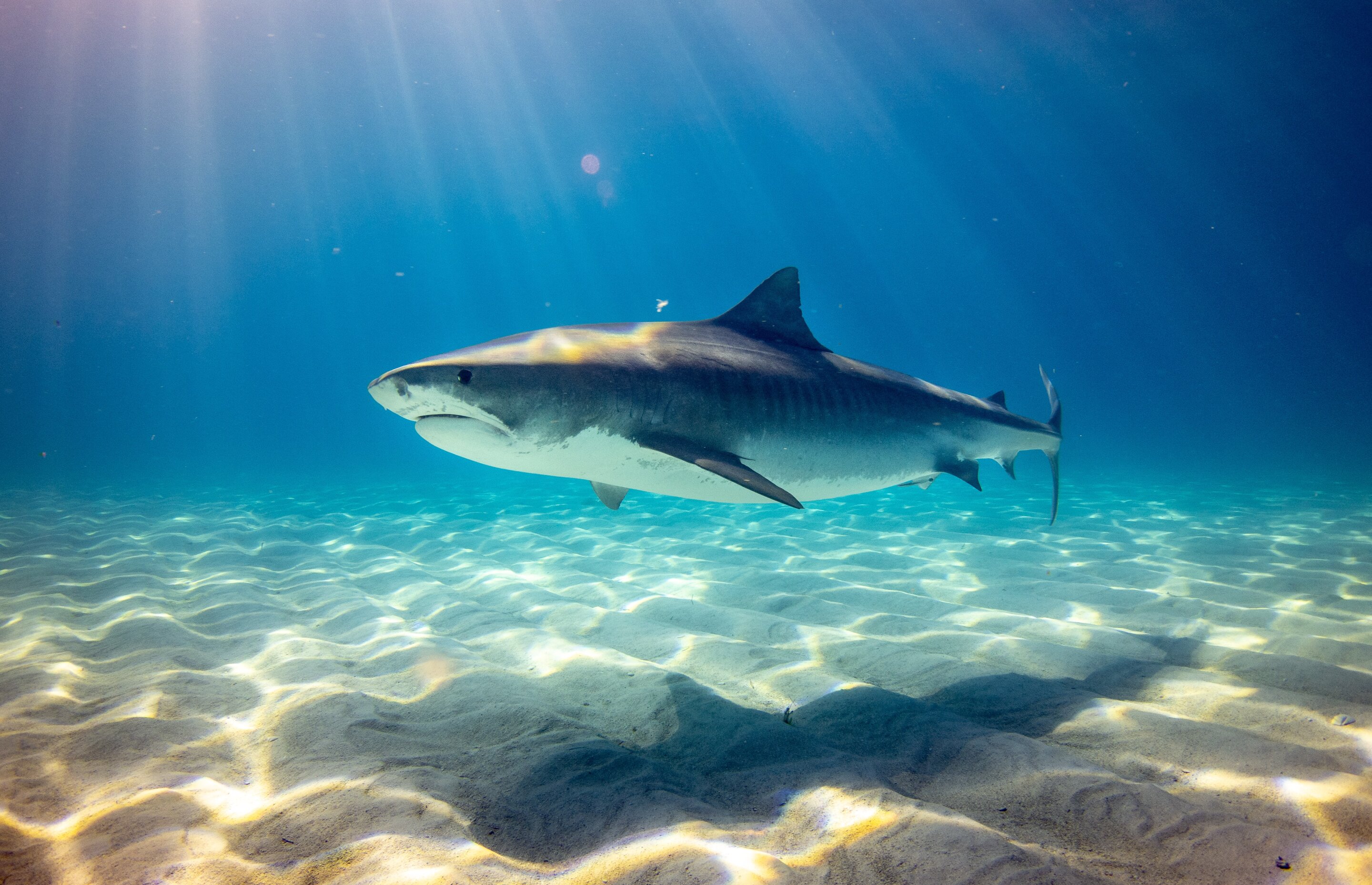

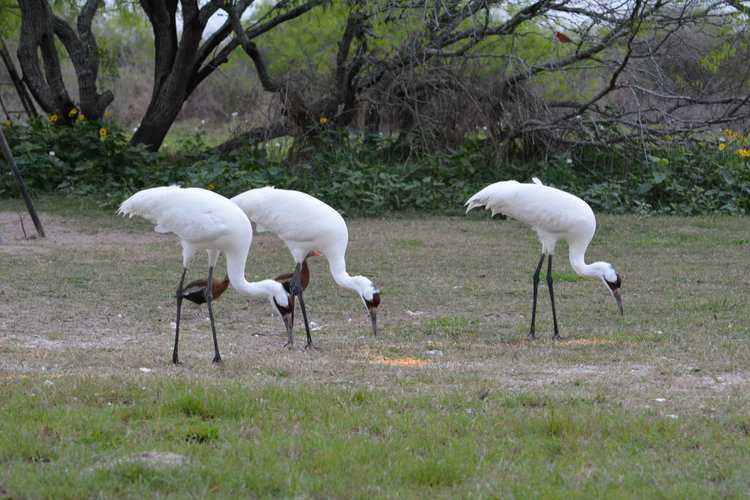
Leave a Reply